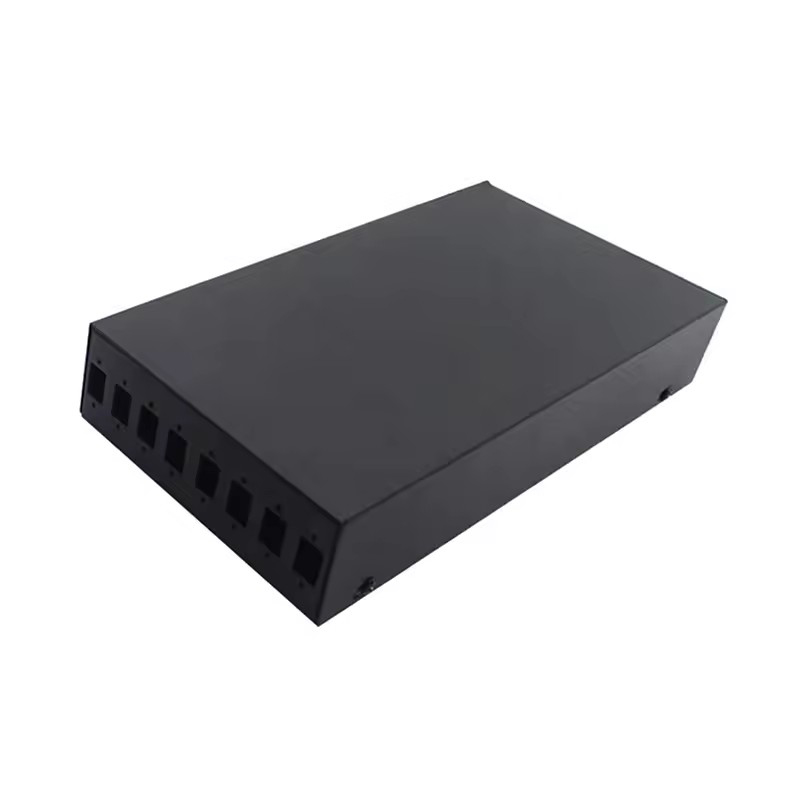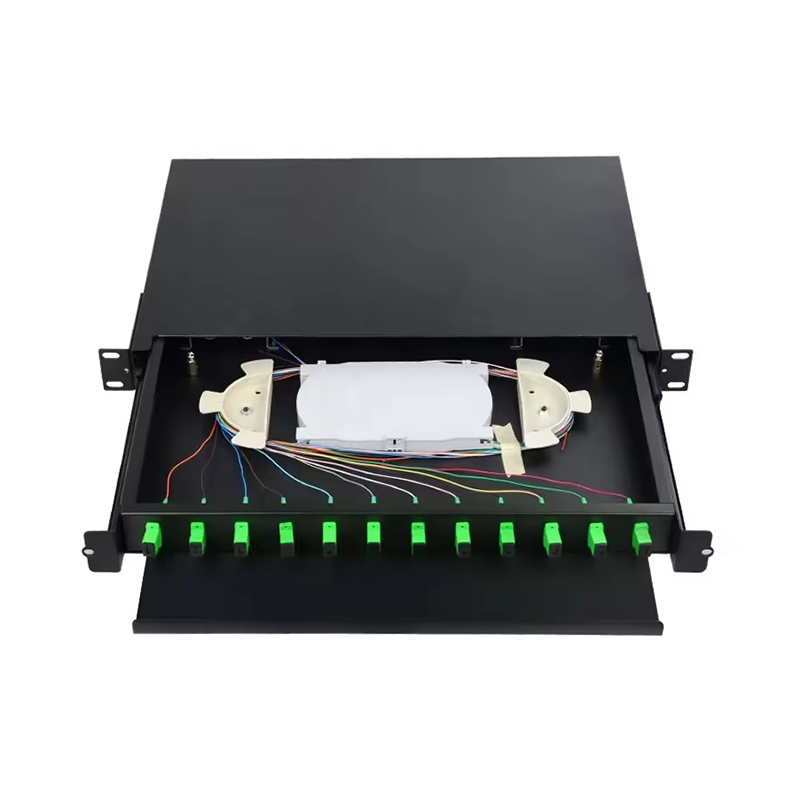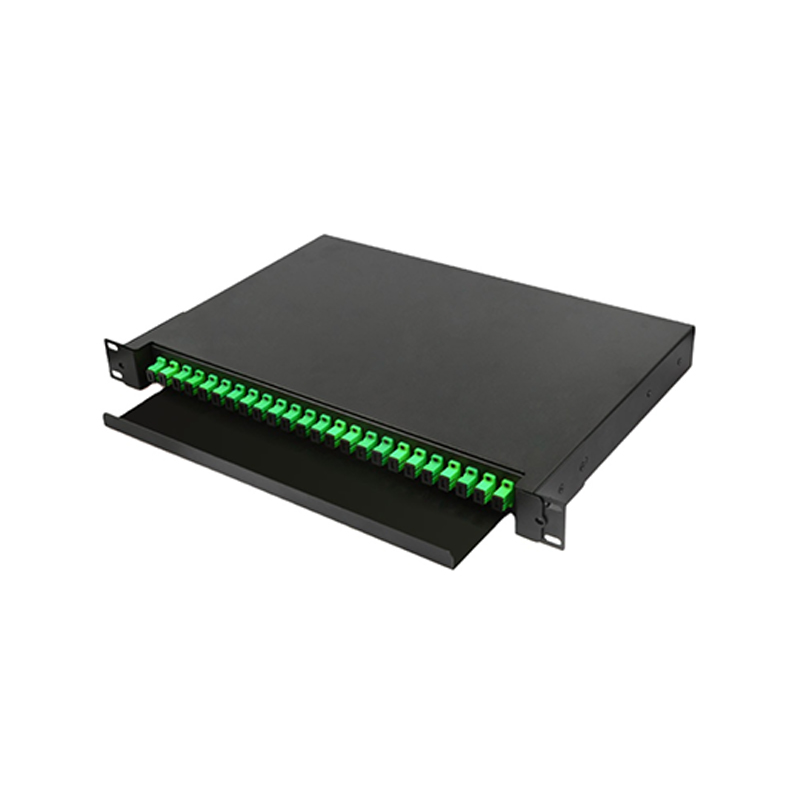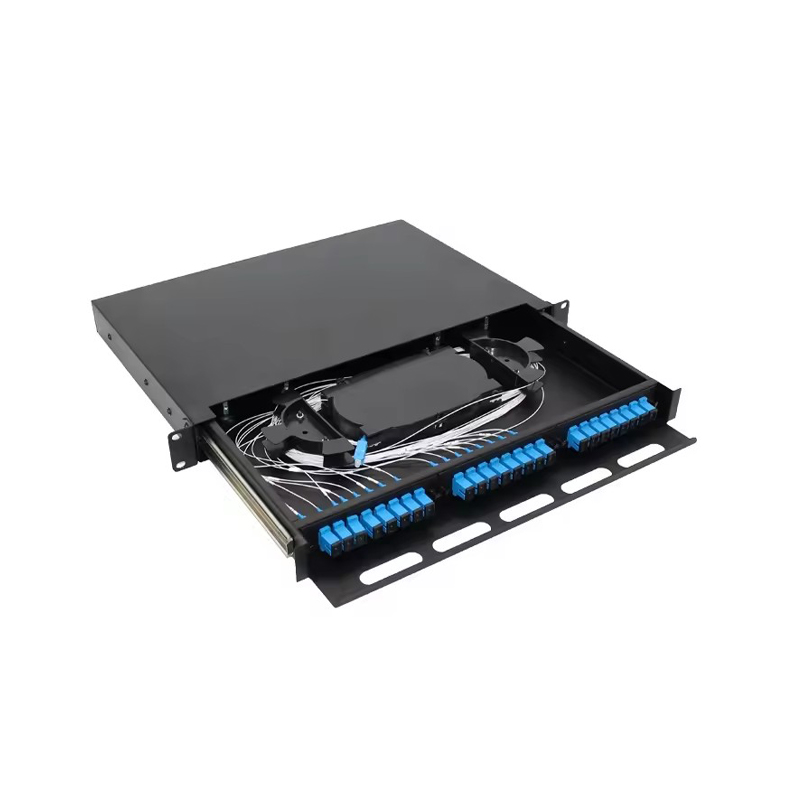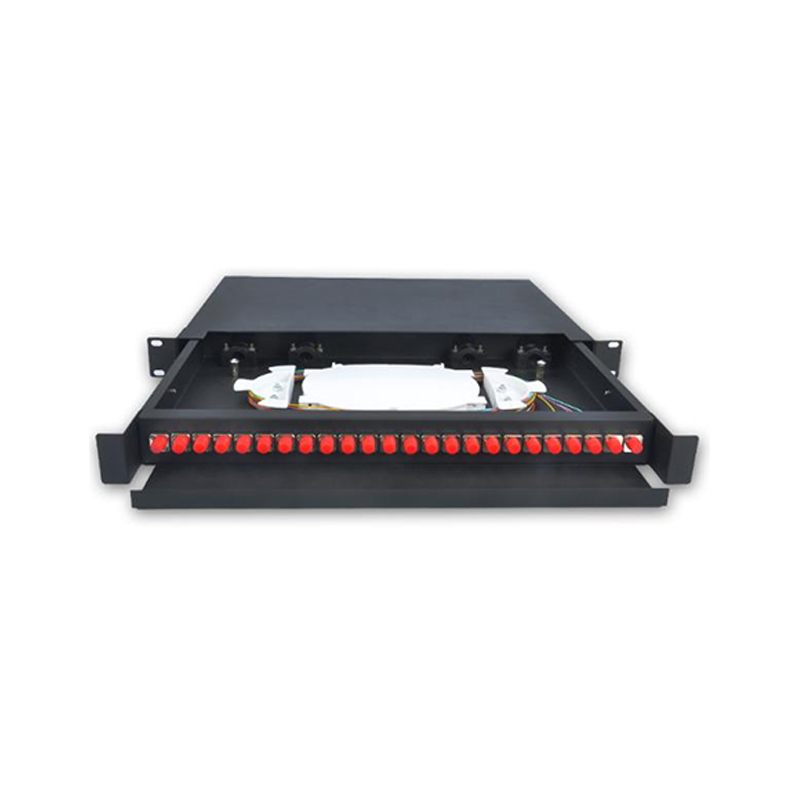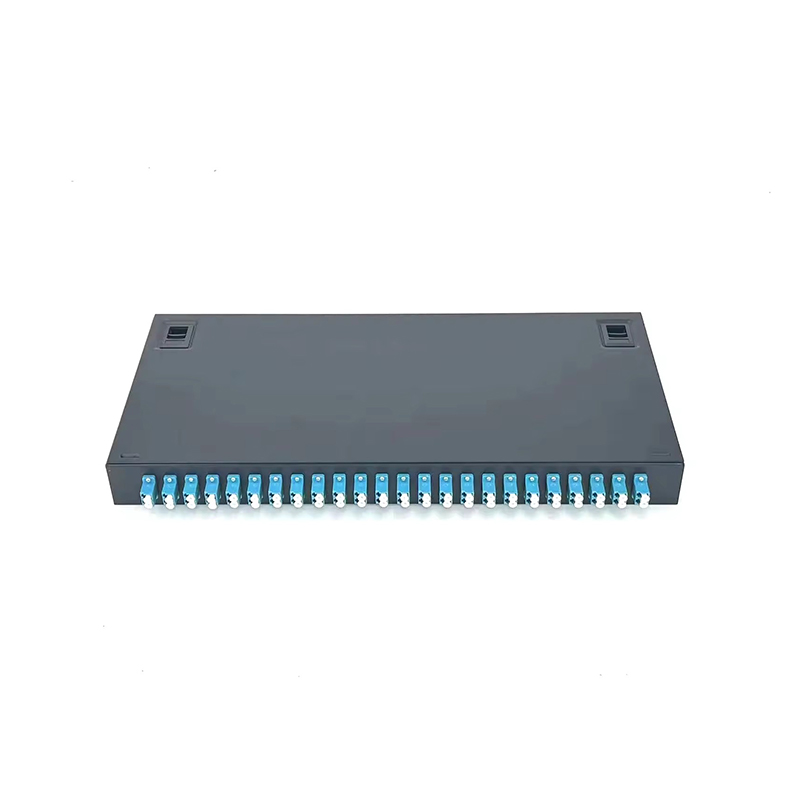Product
- Pre-Connectorized ODN Solution
- Fiber Optic Fast Connector
- Fiber Optic PLC Splitter
-
Fiber Optic Patch Cord
- SC series Fiber Optic Patch cord
- LC Series Fiber Optic Patch cord
- FC Series Fiber Optic Patch cord
- ST Series Fiber Optic Patch cord
- OM1/2 Fiber Optic Patch cord
- OM3 Fiber Optic Patch cord
- OM4 Fiber Optic Patch cord
- Armored Series Fiber Optic Patch cord
- E2000 Series Fiber Optic Patch cord
- Pigtail Fiber Optic Patch cord
- 12 Multi Colors Fiber Optic Patch cord
-
Fiber Optic Cable
- Fiber Optic Distribution Box
- Fiber Optic Splice Closure
-
Fiber Optic Terminal Box
-
ODF Fiber Optic Distribution Frame
- Fiber Optic Accessories
- Fiber Optic Equipment&Tool
Fiber Optic Terminal Box Manufacturer
Fiber Optic Terminal Box (FOTB), also known as a Fiber Termination Box (FTB) or Fiber Access Terminal, is a crucial device in fiber optic networks that serves as an endpoint for distributing and managing fiber connections to end-users. It provides a secure and organized interface for splicing, terminating, and protecting fiber optic cables.

Ningbo Goshining Communication Technology Co., Ltd. is an enterprise that designs, produces, and sells a full range of fiber optic products with high-quality and first-class services, which enable us to meet all customers' demands and offer one-stop service. Ningbo Goshining Communication Technology Co., Ltd is a professional Wholesale Fiber Optic Terminal Box Manufacturer and OEM Fiber Optic Terminal Box Supplier, our products include Fiber Optic Fast Connector, Patch Cord, PLC Splitter, Cables, Distribution Box, Splice Closure, and Terminal Box etc. We also offer Customization services to help develop your own brand.
-
Nov 21, 2025_GoshiningIn building high-performance fiber optic communication networks (especially passive optical networks (PONs) such as EPON and GPON), fiber optic PLC splitters (PLC splitters, planar waveguide circuit splitters) are crucial passive devices. M...Read More
-
Nov 17, 2025_GoshiningFrom May 15th to 17th, 2025, Ningbo Goshining Communication Technology Co., Ltd. successfully participated in the 20th China Optics Valley International Optoelectronic Exposition held in Wuhan, with booth number B146. At this exhibition, w...Read More
-
Nov 17, 2025_GoshiningNingbo Goshining Communication Technology Co., Ltd. Showcases at CFCF 2024 Bangkok Ningbo Goshining Communication Technology Co., Ltd. made a grand appearance at the CFCF 2024 International Communications Exhibition in Bangkok, Thailand on ...Read More
Fiber Termination Box is a key wiring equipment in the fiber optic communication network, mainly used to realize the termination, fusion, distribution and scheduling of optical fiber. As the "wiring hub" of the optical cable network, it bears the important responsibility of protecting the fragile optical fiber connection points.
The core role of the fiber optic terminal box
1. Fiber splicing protection center
Fusing protection: Provide physical protection for optical fiber mechanical splicing or fusion points to avoid external force damage (compressive strength ≥ 500N)
Environmental isolation: Dust and moisture-proof through IP65-level sealing design, maintaining internal relative humidity <85%
Stress relief: Built-in buffer device absorbs the tensile force of the optical cable (can withstand 0.5-1.5kN tension)
2. Fiber distribution hub
Trunk-branch conversion: realize cross-connection between feeder optical cable and distribution optical cable
Port management: Standardized adapter (LC/SC/FC) arrangement, support 1:64 splitting ratio configuration
Jumper scheduling: realize flexible jumper from ODF to user end through wiring module
3. Optical signal quality assurance
Bending radius control: Ensure that the fiber coil radius is greater than 40mm
Attenuation management: Insertion loss at the splice point is less than 0.1dB, and additional loss throughout the process is less than 0.3dB
Reflection suppression: APC type connector can control the return loss below -65dB
Precautions for using optical fiber terminal boxes
1. Installation environment assessment
Temperature and humidity control: Working temperature -40℃~+75℃, humidity <85%
Waterproof requirements: Confirm the IP level when installing outdoors
Vibration protection: Base stations and other scenes need to choose earthquake-resistant types
2. Grounding specifications
Grounding wire cross-sectional area ≥6mm², grounding resistance <4Ω
The metal shell needs to be connected to the rack at the same potential
3. Emergency handling of faults
Water ingress treatment: Immediately turn off the power → Remove the cover → Rinse with anhydrous alcohol → Blow dry with nitrogen (humidity <30%)
Port contamination: Follow the "blow (air pump) → wipe (non-woven fabric) → measure (light source)" process
Abnormal splice point: Confirm that the cutting angle is less than 0.5° before reconnection

